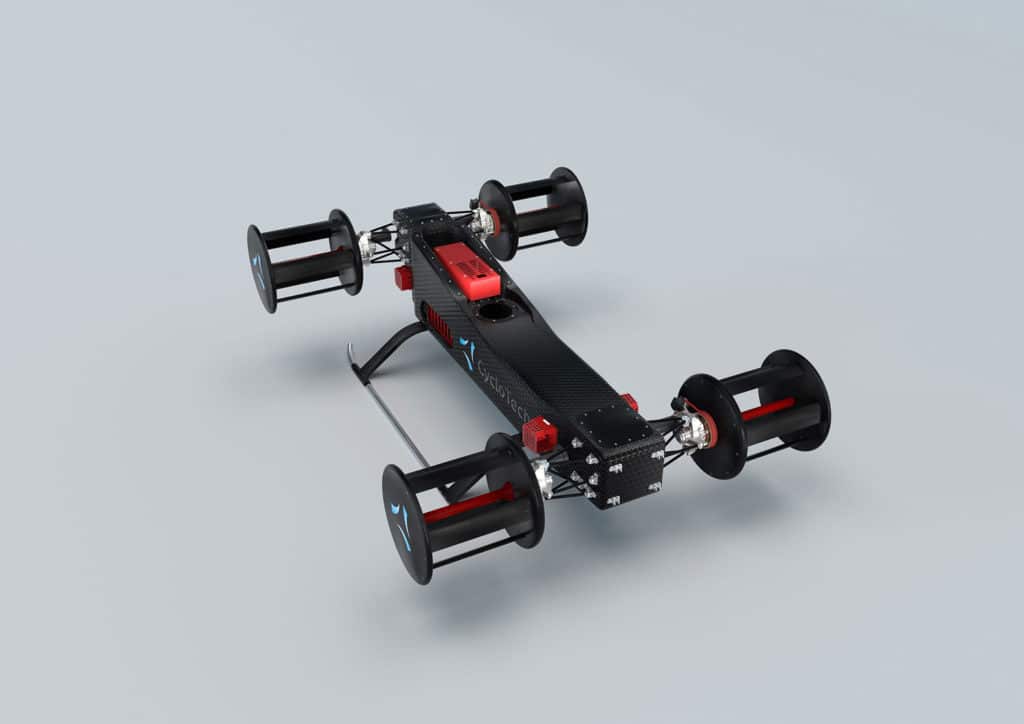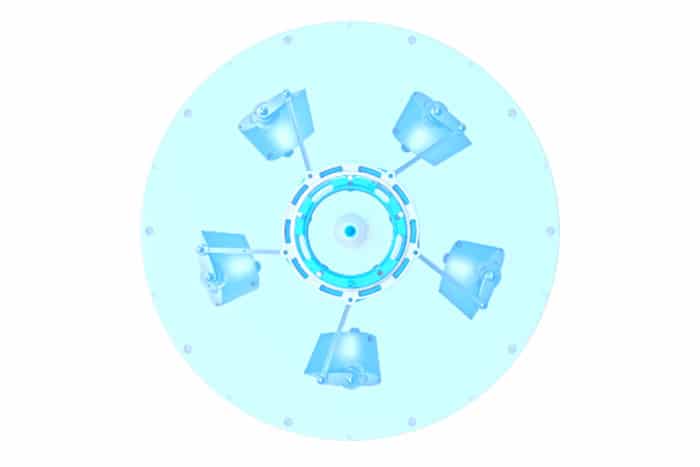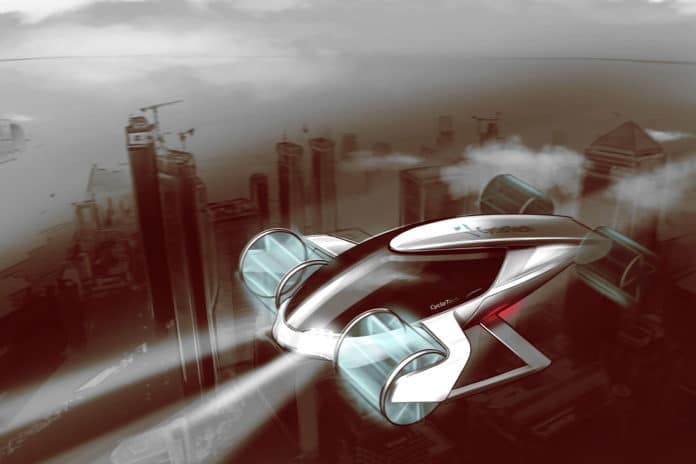The Austria-based company CycloTech is working to adapt the principle of the Voith-Schneider marine propeller designed almost a century ago for maritime transport in order to use it in aviation, in particular for flying taxis and drones.
The company has unveiled its unique “Cyclogyro” propulsion system that can rotate at high speed and efficiently deliver sufficient thrust for a truly competitive alternative aircraft propulsion. It is planning to begin flight-testing an 80-kg electric demonstrator later this year using this new patented technology.

The unique VTOL aircraft uses Voith-Schneider propellers instead of rotors for exceptional maneuverability and control in the air. The Cyclogyro provides not only vertical take-off and landing but omnidirectional maneuverability and forward-flight capability that has proven more efficient during in-house wind-tunnel tests.
Cyclogyro technology combines the main benefits of rotorcraft and fixed-wing concepts. A Cyclogyro-Rotor has several wings rotating around a central rotation axis at a constant speed. These wings are connected to a freely rotating hub via conrods.

An eccentric position of the hub causes a periodic change of the pitch angle of attack of a wing during one revolution, thereby generating accelerated airflow and creating thrust. CycloTech’s unique control system enables precise positioning of the hub within fractions of a second – 360° around the rotation axis – making the Cyclogyro rotor the most agile propulsion system.
The ability to instantly change the magnitude and direction of traction on each rotor without having to change the engine speed also means that the Cyclogyro does not have to be electric.
Over the last three years, CycloTech developed and tested nine different rotor prototypes. The current prototype of Cyclotech is a carbon cylinder 420 mm long and 350 mm in diameter with five inclined blades also made of carbon, which allows us to develop a maximum thrust of 247 N at 3100 rpm. This prototype design will be used on an 80-kilogram electric test plane, which will be ready to fly in the fourth quarter of 2020.
The company offers several uses for this technology, including the concept of a four-seater air taxi with four propellers on a 1.2 x 1.2-meter unit. Each of these propellers will produce 1,660 kW (equivalent to approximately 2,226 horsepower) at 1,600 rpm. The 760 kg battery pack of the vehicle delivers 230 Wh/kg. It will offer a range of 85 km, with a flight time of 40 minutes and a cruising speed of 150 km/h.
The new technology can be used on small unmanned aerial vehicles. It can also be used to eliminate the need for a tail rotor in a helicopter design, where the Cyclogyro pair can balance the torque from the main propeller while providing additional lift and directional thrust where appropriate.
